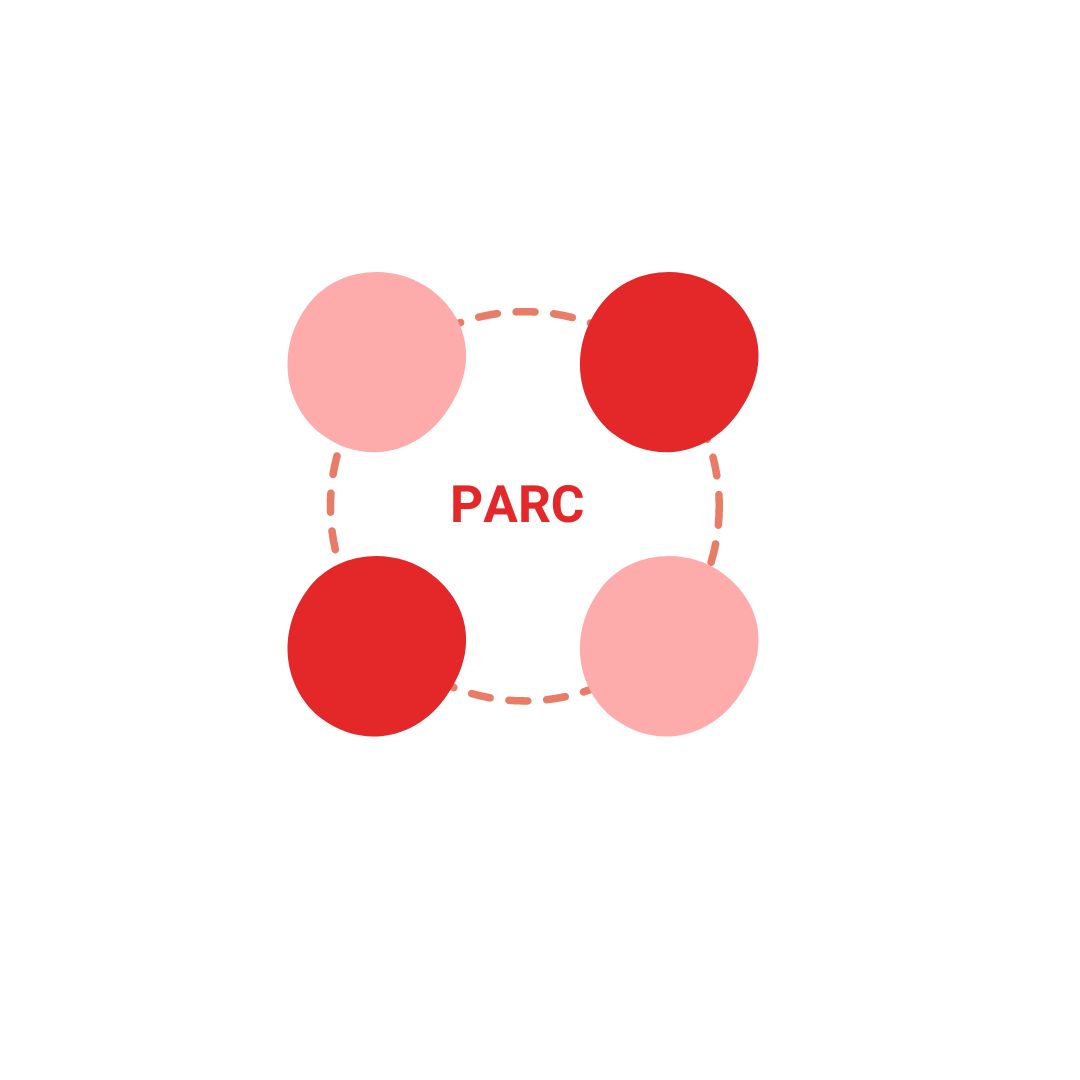A/B testing is one of the effective way to discover new opportunities and get customers in the funnel. Today, companies like Google & Amazon conduct over 10,000 tests in a year, which makes a high impact to their business
On starting a website, the owner thinks that all they have to do is organize a few pages with some information that the public may want to see. Some buttons and links are thrown in for easy navigation and to establish contact. However, this does not end here.
Creating a website is to bring in new prospects that would eventually help you to grow your business. This is in addition to providing basic information about your business/service to the seekers. This is a process that goes on as long as the website is in existence.
To make your website as efficient as possible, it is of utmost importance to find out what your potential audience best responds to. For this purpose, A/B testing comes in handy, also A/B testing is one of the effective tactics used in conversion rate optimization process
What is A/B Testing?
A/B testing helps you to compare two versions of any marketing asset and measure their variances in performance. This is akin to allowing the two versions to compete and see which one is driving result.
Let us see how this works with the help of an example. Imagine that you have version A of a web page. You then modify specific aspects of the page so that the conversions are likely to increase. Let us call this version B.
A/B testing happens when you give both versions to an audience to find results which may either support or disprove your hypothesis. Here if you end up creating more versions of the control (Page A), then it is called the A/B/n test.
In short A/B testing involves both control and test groups. When the website is subject to A/B testing, the control and the test groups are the visitors to your website.
The test when ended tells us which web page version performed better and whether the change should be brought in or not. A better reaction translates to more conversions, i.e., the audience could fill out a form, or make a purchase.
A/B testing also includes changing the color of call to action button and testing if change in color is driving higher click throughs on the button or changing the placement of the form or changing the copy of the landing page
Why is A/B Testing Important for Online Businesses?
A/B testing lets you know which elements are driving interactions on your website. The traffic to your website may be because of a single element on your website. However, you will get to know about this only via A/B testing. Give below are some benefits that A/B testing can provide to your online business.
- Better content engagement
- Improved user engagement
- Increased conversions
- Less abandonment of the cart
- Increased sales
Types of A/B Tests
There are different types of A/B tests. Three broad classifications are:
The Classic A/B test presents two (or more) variations of website pages (at the same URL ) to users. This helps to compare two or more variations of one single element.
The split or redirect tests serve to redirect your traffic towards one or more than one distinct URL. This helps if you are hosting new pages on your server.
Multivariate testing measures how multiple changes impact a single web page. As an example, you can simultaneously modify the banner, text color, presentation, and more.
A/B testing can be performed on websites, on mobile applications, and on the server-side by using APIs.
Multivariate testing and its advantages
Multivariate testing allows you to take tests for different combinations of text, CTAs, banners, and images and find out which combination brings in the most conversions. This provides a lot of advantages such as:
- It allows you to analyze customer behavior and their preference pattern
- You can identify those elements on your website that contribute little or nothing. You can then replace these elements with others.
- You would learn where to place each element for the best effect on those who visit your website.
- You can choose from a range of combinations of elements for the best effects.
- You need not conduct several A/B tests one after the other.
How to do A/B Testing?
A step-by-step approach to A/B testing allows you to optimize your website in a structured manner.
Step 1: Find out where your website needs to be improved. Using a tool such as Google Analytics can help you identify the weak spots where changes have to be brought in.
Step 2: Form a good A/B test hypothesis that is also clearly defined. You can use tools such as Hotjar, Typeform, etc. It is a good idea to score your hypothesis against a priority list.
- Goals – Does your hypothesis closely relate to your KPIs/goals?
- Page – Target pages, are they a priority?
- Position – How visible will be the change?
- Value – Will the change have any impact on the value offered to the customer? Is the change merely cosmetic?
- Evidence – Are there previous changes that have worked?
Step 3: Design your experiment wherein you have to allocate traffic splits and set confidence levels.
Step 4: Run the experiment without any biasing by not interfering with the traffic.
Step 5: Interpret your results appropriately. Even if you end up with a significantly positive result, it is always a good idea to make the changes gradually.
Examples of A/B Testing
#1: Xerox home page redesign after A/B testing produced an 86.7% increase in conversions for website-returning visitors.
#2: By running A/B tests for reducing clutter, and bringing about the changes, Swiss Gear’s conversions saw a 52% increase.
#3: SmartWool Socks had a website whose base design was chaotic for the visitors. After running A/B tests, they changed to a grid layout and this increased the average return/visitor by 17 percent.
Top-rated A/B testing tools
The top-rated tools you can use for A/B testing are Dynamic Yield, Optimizely, Convertize, AB Tasty, VWO, Obviyo, etc., among others. A majority of the large corporations like Amazon and Facebook use A/B testing tools to increase their conversions. However, to derive the right quantum of benefits, you have to use the tool that fits your needs. There are many tools available for this purpose in the market and perhaps the biggest challenge is to spot the right one.
Conclusion
Running A/B tests is advantageous because they have the potential to increase conversions on your website and thus improve your business.







